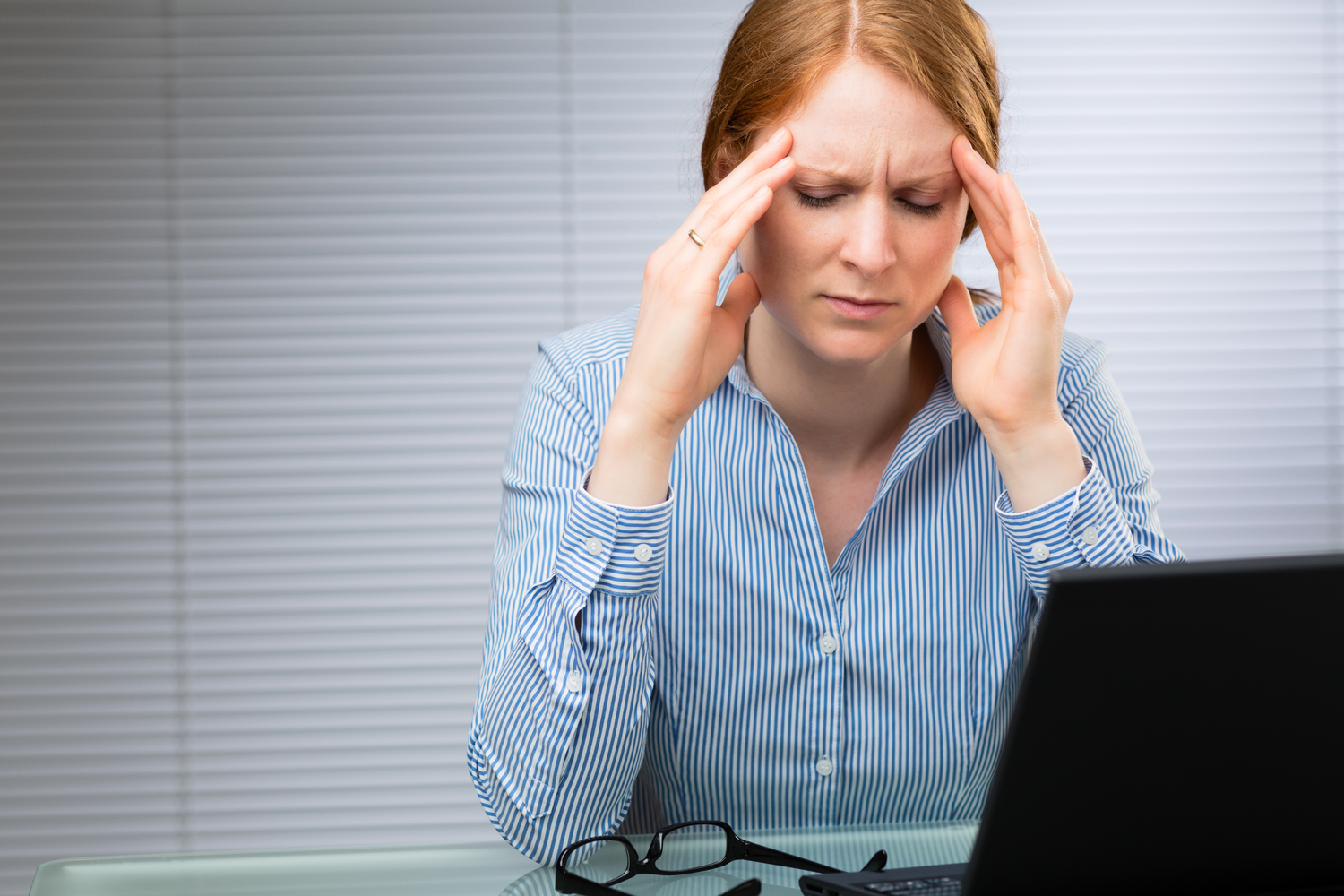
An overview of migraine
Migraines are severe, persistent and really painful headaches. The pain can last from a few hours to even days, which makes it quite an unpleasant adversary to millions of people every day.
In fact, according to the American Migraine Association, they affect 12 percent of the population or 36 million people in the country. Although migraines can affect anyone, chances are greater if you:
- are between the ages of 15 and 55 years.
- are a woman (3 times more likely to have it than men)
- have other medical conditions, such as anxiety, depression, bipolar disorder, epilepsy or sleep-related issues.
- have a family history of migraines (Thanks mom!)
Scientists are not clear on what exactly causes migraines but it is agreed upon that genetics and environmental factors appear to factor in. Migraines could be caused due to abnormal activity in the brainstem and its interaction with the trigeminal nerve, which is an important pain pathway. Certain imbalances involving serotonin, which helps regulate pain in your nervous system, is suspected as well. The serotonin levels drop during migraines. This may lead to the trigeminal nerve releasing neuropeptides, which end up travelling to the brain’s outer covering (meninges), causing the resultant pain.
For some people, migraines are set off by certain factors which are called triggers. Knowing the triggers and actively taking steps to manage it goes a long way in preventing migraine attacks. Some types of common triggers are as follows:
- Hormonal : Changing hormonal levels during menstruation can triggers migraine attacks in women.
- Emotional : Depression, stress, excitement, anxiety and shock can start a migraine for some.
- Physical : Shoulder and/or neck tension, lack of sleep, tiredness, bad posture, and overexertion during a physical activity have all been linked to migraines. Jet lag or even low blood sugar can prompt a migraine attack.
- Diet-related factors : Often varying from person to person, diet triggers include alcohol, chocolate, caffeine, citrus fruits, cheese, and foods with the additive tyramine. Not having meals on time as well as not drinking enough water have been claimed to trigger the pain.
- Medications : Hormone replacement therapy medicines, some types of sleeping pills and the combined contraceptive pill have also been grouped with the triggers.
- Environmental : Strong smells, flickering screens, loud noises and second-hand smoke can activate a migraine. Stuffy rooms, temperature changes, and bright lights are included as well.
Current treatment standards are primed towards prevention of a painful attack and relieving the symptoms that occur. Certain lifestyle changes may help reduce the frequency of migraines. These methods include:
- Getting proper sleep
- Drinking enough water
- Regular physical activity. Avoid overexertion.
- Identifying and avoiding foods that are triggers
- Try Biofeedback. Biofeedback uses electronic devices to teach you to monitor and keep in check some basic body functions, such as your heartbeat, muscle tension, and blood pressure.
- Practicing stress management through ways that you can relate to and pursue.
- Hormone therapy may help in cases for women where migraines are connected to the menstrual cycle.
- Create a log that lists the possible triggers for your migraines as they happen. Look for patterns that can help you prevent or prepare better.



